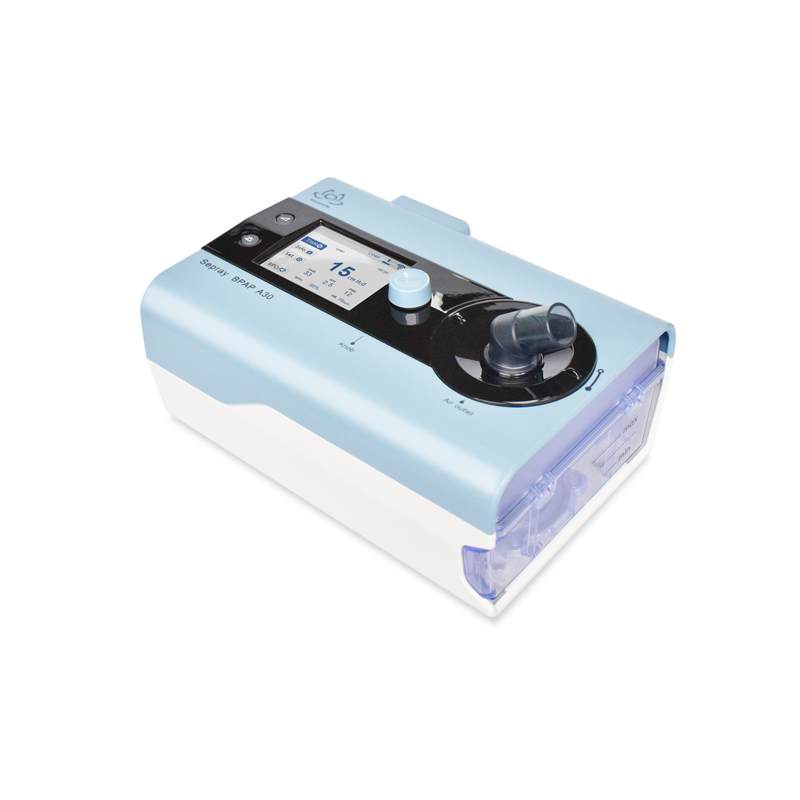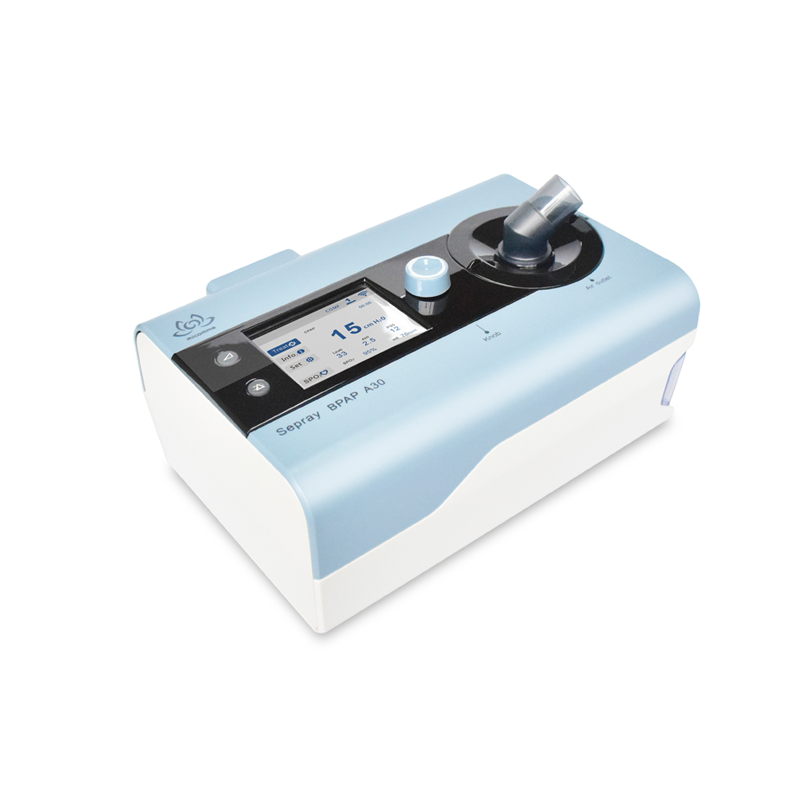After years of clinical verification, non-invasive ventilator treatment of obstructive sleep apnea syndrome has a definite effect. Due to the advantages of non-invasive, high efficiency and safety, ventilator therapy has become the most effective method for treating snoring. Ventilator treatment of snoring is continuous positive airway pressure ventilation therapy, also known as trans nasal continuous positive airway pressure ventilation, also known as noninvasive ventilation (relative to endotracheal intubation) therapy, including automatic pressure adjustment positive pressure ventilation therapy, double Horizontal positive pressure ventilation therapy, etc.
As we all know, snoring is caused by the narrowing or obstruction of the upper airway (and the cause of the narrowing or obstruction is not discussed). Although in theory the obstruction can be anywhere from the anterior nostril to the throat, the study found that adults the main obstruction site of snoring patients is the pharyngeal soft palate and the base of the tongue base. Because these places lack the support of bone or cartilage stents, they are prone to collapse under the action of gravity in a certain position and the negative pressure in the lumen during inhalation. This leads to obstruction of the upper airway.


The principle of snoring ventilator treatment for snoring is to fix a special mask to the nose of the patient through the headband during sleep. The mask is connected to the host through a pipe. The high-speed airflow generated by the host enters the upper airway through the pipe to form a positive pressure. The large and small pressure can prevent the upper airway soft tissue from collapsing during sleep, keep the airway open during inhalation and exhalation, ensure the smooth passage of respiratory airflow, and prevent apnea and hypoventilation in various positions and sleep periods And the occurrence of snoring, thus eliminating the resulting hypoxemia, hypercapnia and sleep fragmentation.
Many severe patients after snoring ventilator treatment, night snoring and apnea disappeared, sleep therapy improved, and they did not doze during the day. The blood pressure of patients with hypertension also became easier to control, and even some patients may not need Continue taking antihypertensive drugs. Other symptoms will also be significantly improved.
The mainstream domestic snoring ventilator is generally smaller and lighter. It can be placed in a small backpack or handbag, which is more convenient to carry. But there are also problems with the comfort level of the mask, the psychological adaptability of the patient and spouse, and noise.
Post time: Jul-14-2020

